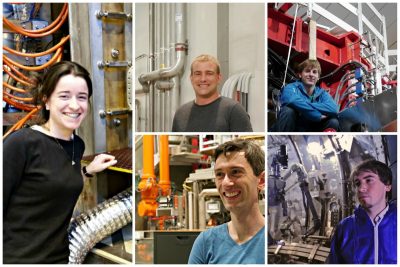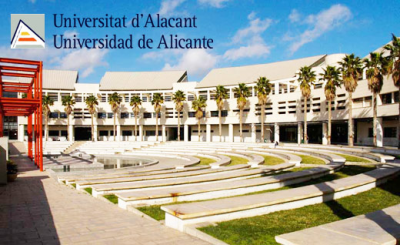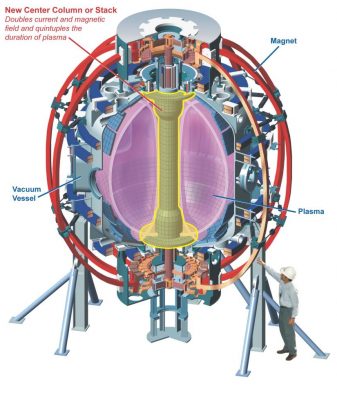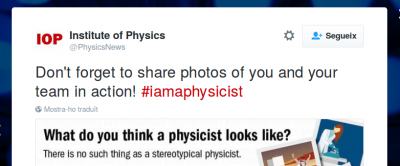
The call to send in proposals for the next round of EUROfusion Researcher Grants has been published. The deadline is 8 September 2016, and the start date of the grant of the succesful candidates is no later than on the 30 June 2017.
The action supports the initial training of researchers, typically during the first years of their careers in research. It is directed towards researchers of all nationalities, who meet the following criteria:
- Researchers in possession of a doctoral degree (PhD) who have completed their PhD and defended their thesis in the two years preceding the deadline for proposal submission of the present call;
- Engineers/technicians, not having a PhD degree, but who are in possession of a master degree in Engineering (or any equivalent university degree in Engineering) with a professional experience of at least 3 years up to 5 years after the master degree.
Detailed information is available for download can be found here.
Please contact our Fusion Group Leader Mervi Mantsinen if you are interested in preparing an application with Barcelona Supercomputing Center as your host institute.





